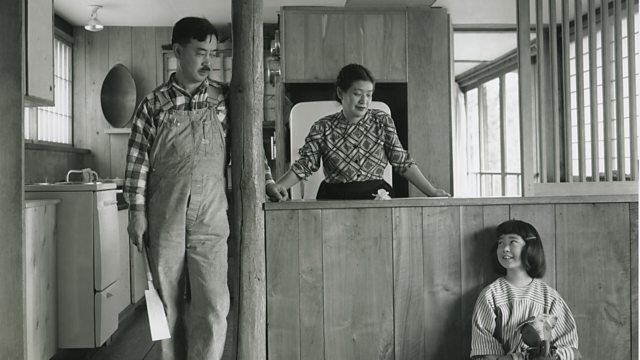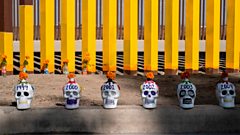The scars of Japanese-American internment
Republican presidential hopeful Donald Trump's call for Muslims to be banned from entering the United States has been compared by many to the World War Two internment of immigrants and Americans with Japanese heritage. This is not the first time that spectre has been invoked recently -- last month, the mayor of Roanoke in Virginia favourably cited the use of those wartime camps in his case for blocking Syrian migrants. Rather than harp on the differences, though, let's remember what it was actually like in those camps. George Nakashima and his young family were sent to an Idaho internment camp in 1942. Nakashima is now considered one of the greatest American craftsmen of the 20th century, and his furniture is exhibited at The Metropolitan Museum of Art in New York. He died in 1990, but his daughter, Mira Nakashima, keeps his legacy alive.
Image: George and Marion Nakashima, photographed with their daughter Mira. Credit: Ezra Stoller
Duration:
This clip is from
More clips from Flashpoint
-
![]()
Inside an American halal slaughterhouse
Duration: 03:50
-
![]()
What California farmers can learn from Israel
Duration: 04:17
More clips from Boston Calling
-
![]()
After lockdown: What will our travel and recreation look like?
Duration: 03:07
-
![]()
US Gen. David Petraeus on Qasem Soleimani鈥檚 killing
Duration: 03:02
-
![]()
War in Afghanistan: How do soldiers cope in long conflicts?
Duration: 01:10








